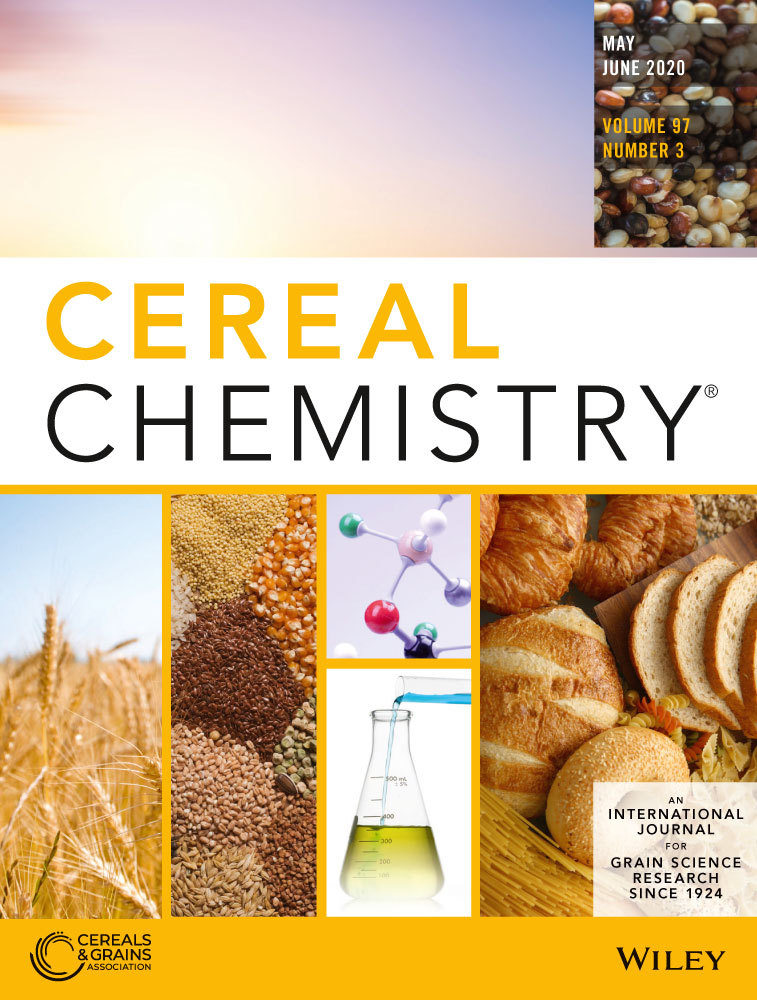Changes in phenolic content, antioxidant activity, and volatile compounds during processing of fermented sorghum grain tea
Abstract
Background and objective
Sorghum is an important cereal crop with abundant content of polyphenols and may be used to develop nutraceutical sorghum grain tea. This study investigated the changes of phenolic content, antioxidant capacity, and volatile compounds in sorghum grain during the production of fermented sorghum grain tea using Lactobacillus plantarum subsp. Argentoratensis (LAB) and Saccharomyces cerevisiae.
Findings
Significant (p < .05) changes in total phenolic content (TPC), total flavonoid content (TFC), and condensed tannin content (CTC) were observed during the soaking, fermentation, steaming, and roasting process. TPC, TFC, and CTC were significantly decreased after soaking, steaming, and fermentation stages, whereas roasting led to a significant increase. A total of 53 volatile compounds were recorded from raw and processed sorghum. Pyrazines, phenols, and esters were the most abundant volatile compounds. Alcohols, carboxylic acids, ketones, and alkanes decreased during processing. Esters increased during soaking, steaming, and fermentation but decreased during roasting.
Conclusions
Processing affected the phenolic content significantly (p < .05) and changed the volatile profiles of sorghum grain. Fermented sorghum grain tea by Saccharomyces cerevisiae showed a higher possibility of being developed as sorghum grain tea.
Significance and novelty
The study developed a practical method to process novel sorghum grain tea products.
CONFLICT OF INTEREST
The authors declare no conflict of interest.




